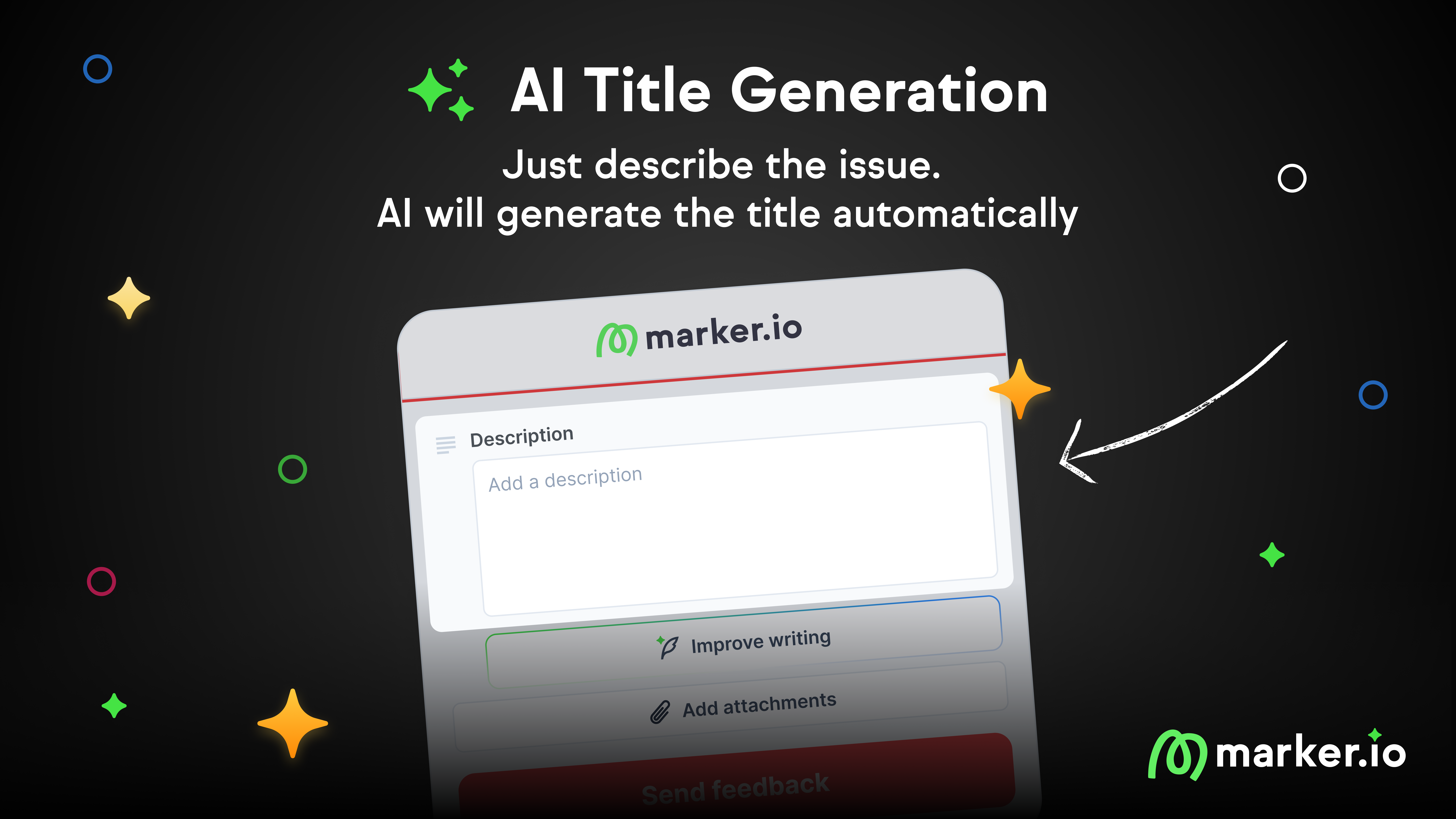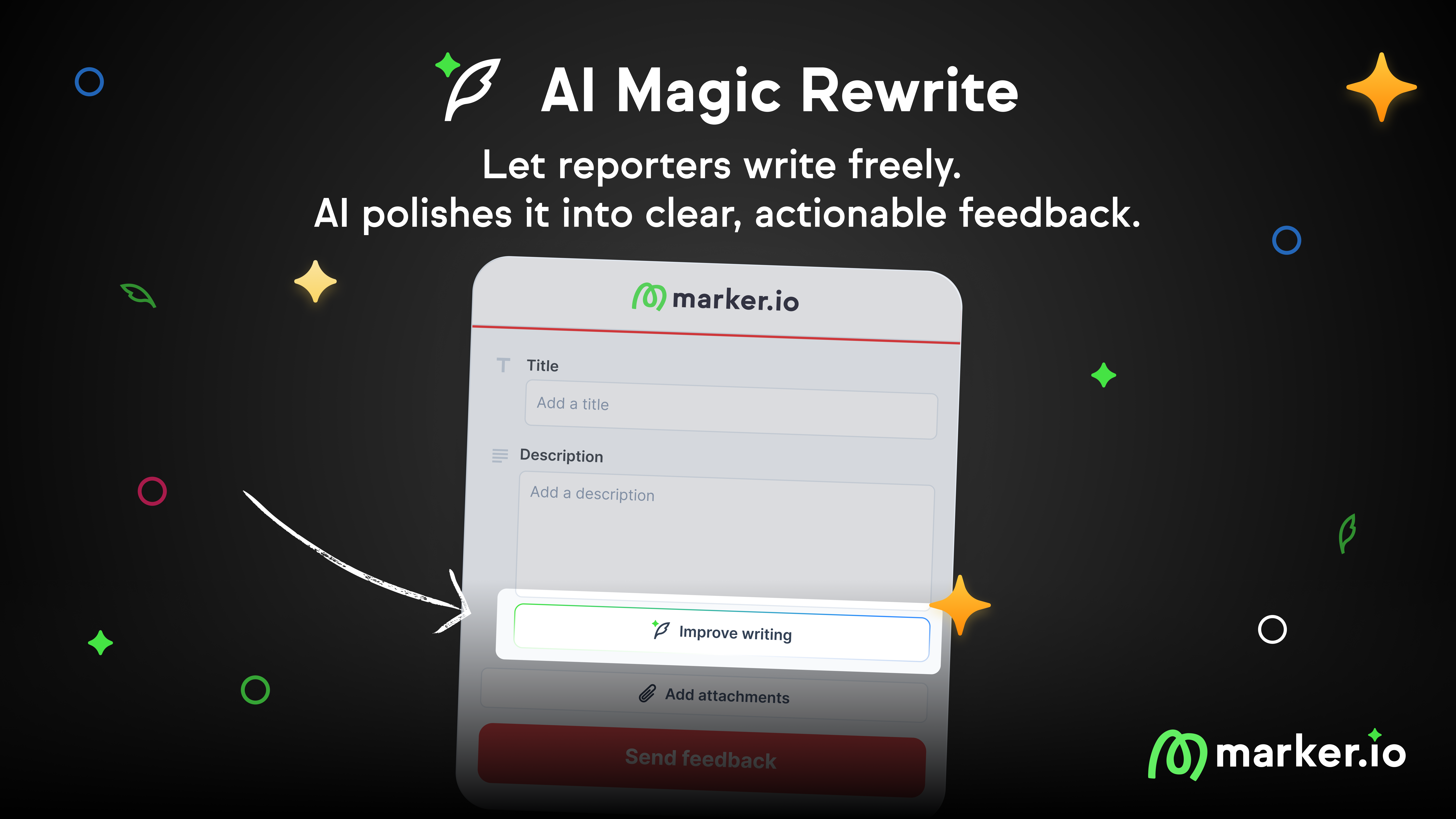Website Test Plan Template & Examples
In this blog post, we offer free website test plan templates you can easily copy and implement with your team.
In this blog post, we offer free website test plan templates you can easily copy and implement with your team.
A website test plan is a high-level, actionable overview of the end-to-end testing lifecycle for a new website project.
This test plan template is specifically for website design, development, and testing projects.
What is a website test plan?
A website test plan (or test plan document) is an operational plan for all testing activities in a new website project.
The end goals of a website test plan are to ensure:
- A new website is user-friendly;
- Features and functionality work, on-brand and on-message;
- Users can navigate the website as intended, like customers buying products on an eCommerce site;
- The website appeals to the intended target audience/ICP;
- The website works effectively across multiple environments, browsers, devices, and operating systems;
- It’s being launched as bug-free as possible.
Successfully running website testing can be challenging.
That’s why having the right processes and workflows in place is crucial.
A website test plan needs to include the following:
- The scope of the website testing;
- Testing strategy: functional, usability, performance, security, manual testing, etc.;
- Testing environment: what type of environment and types of testers?
- What are the test deliverables: test cases, reports, test summaries, etc?
- How will website testing be implemented: roles, responsibilities, and tools needed?
- Test schedule: what are the timeline and milestones for website testing?
- Defect, bug, and issue management: logging, tracking, and resolving defects and bugs.
- Test metrics and reporting: what are the KPIs for website testing and reporting?
- Approvals and sign-off: final steps for getting a test-complete website approved by stakeholders;
How to create a website test plan
Here are 9 steps to get your new website project signed-off, including essential testing processes.
1) Scope of website testing activities
Before testing starts, note the scope and objectives of the test activities.
You can quickly map this out using the following questions (or variants based on these):
- Is this a completely new website, or is this a website redesign/overhaul?
- What are the aims and goals of this website (e.g., eCommerce, SaaS, informational)?
- What features, functionality, and tasks (e.g., user-based Jobs to be Done) need testing?
- Does this website need testing in different environments, and if so, how extensive?
- What is “done”, a successful outcome from this website testing project?
Once clear on the above, map out the testing activities and objectives for the project.
2) Testing strategy and methodology
In most cases, website testing should be simple.
Larger websites with millions of users require more complex testing strategies.
A test manager might prefer Agile methodology for implementing testing in sprints.
The strategy depends on the number of test procedures, dependencies, and functionalities.
For example, should website testing include API testing if an API is integral to a feature, or is that out of scope?
With that in mind, a QA lead needs to choose from the following testing approaches:
- Functional: Testing that website features function as expected.
- Usability: Testing from a user’s perspective, possibly involving beta testers in a live or staging environment.
- Performance: Testing a website for loading speeds or under large loads.
- Cross-browser and cross-device: How the website functions in different environments (OS, device, browser, etc.).
- Security: Testing for security purposes, possibly with a cybersecurity expert to ensure maximum security.
3) Test environment and test approach
Website testing is performed in a closed environment, usually a password-protected copy of production.
Make sure this is the case before any non-technical testers get access to the website.
Before testing can start, make sure the test environment is:
- Running the right software, hardware, and operating system (OS);
- Running on the right/most popular browsers that end-users will be using;
- Configured correctly, so that testers—with the password—can actually log in.
4) Deliverables: test data and test reports
When testing a website, you need to collect the following deliverables:
- Test reports from the test cases you’ve run. Example: 20 people tried to buy items on the site. Result: 15 succeeded, 5 failed⏤here are the reasons and necessary actions.
- Website feedback: Ensures the site meets its goals and performs well with the target audience.
- Bug and defect reports: Collecting bug reports is crucial. The more you collect now, the fewer issues the website will have once live.
5) Resources: roles, responsibilities, testing tools
When a website goes into QA testing, you need to have someone overseeing the process.
Ideally, a QA lead should manage the end-to-end QA, UAT, and testing process.
Once feedback and bug reports come in, the QA lead should assign tasks to the development team.
After changes or bug fixes, the site can either go through another testing round or go live with stakeholder sign-off.
💡Pro Tip: We highly recommend using a dedicated bug tracker and website testing tool.
With Marker.io, you can turn team and client feedback into developer-friendly issues.
It’s fantastic as a bug tracker, allowing your team to report and resolve bugs 10x faster.
Your website testing reports will land straight into your favorite project management tools, like Jira or ClickUp.
This allows you to collect live website feedback from testers or clients before, during, and after the site goes live.
Start a 15-day free trial to see how well it works as a website testing tool.
6) Website test plan schedule
You now need to decide on the test plan schedule and milestones.
How you determine this depends on the following:
- The types of tests involved;
- How many people are involved in website testing;
- The scope of the testing. It could be a small group or it could involve 100s or 1000s of beta testers;
- Whether the tests can be done concurrently or they need to be done based on any dependencies between the tests;
- Whether the testing is manual, automated, or semi-automated.
All of these play a role in organizing a website testing schedule and milestones.
7) Defect reporting & Issue management
Bug and issue reporting and management is an essential part of website testing.
Fixing bugs means being able to replicate them. Developers need as much data as possible to replicate a bug.
As outlined in this issue tracker template, every bug report should include the following:
- Title: summarize the nature of the issue.
- Summary/issue description: provide details. Include what you expected to happen vs. what actually happened.
- Status: triage, in progress, resolved, etc.
- Priority: indicate how critical the issue is.
- Issue type: bug, feature request, enhancement…
- System: operating system (OS) used at the time.
- Browser: what browser was the reporter using when the issue/bug happened?
- Metadata/environment info: Extra information on the environment (screen size, zoom level, etc.).
- URL: on what page of the website or app did the issue occur?
- Screenshot: crucial so developers can see what the problem is. If you can, add a session replay and/or video recording.
- Console logs: logs of any JavaScript error accessible through developer tools.
- Reporter: who’s reporting the issue?
- Date: date of the report, or due date.
There are a few ways you can collect this data with testers:
- Create a form and a dedicated email address, and hope they can send you all the info you need to find, replicate, and fix bugs.
- Have 1-on-1 calls to collect this info, then get devs to replicate the bugs mentioned.
- Another option: Install the Marker.io widget to collect live feedback from testers, team members, and clients.
8) Test metrics and reporting
There are numerous things you should measure and report on when testing a website.
Here’s the essentials:
- Test case reporting: How to run a test, entry and exit criteria, inputs, outputs, and pass/fail criteria.
- Number of test cases that pass: A higher pass percentage is positive. Too many failures indicate serious issues.
- Bug defect tracking: Measured as Defect Detection Efficiency (DDE), the total number of bugs identified during testing.
- Time to bug resolution: The time it takes to resolve all of the bugs detected.
This should be the basics for any semi-large website build.
9) Website approvals & stakeholder sign-off
The final stage of website testing is getting approval from stakeholders.
This is a quick checklist for this stage:
- Has all feedback and bug reports been actioned (fixed, resolved, changes made)?
- Does the website meet the project objectives?
- Does it align with the overall scope of the project?
- Can end-users navigate easily, perform intended actions, and are they satisfied?
- Is the client or internal stakeholder(s) happy with the website?
- Can the new or overhauled website go live?
- Are they happy to sign-off on its completion?
Wrapping up…
We hope you’ve found this guide to a website test plan helpful.
You can download this test plan in a Google Docs here ->
Got any questions? Did we miss anything?
Let us know via email or on Twitter!
What should I do now?
Here are three ways you can continue your journey towards delivering bug-free websites:
Check out Marker.io and its features in action.
Read Next-Gen QA: How Companies Can Save Up To $125,000 A Year by adopting better bug reporting and resolution practices (no e-mail required).
Follow us on LinkedIn, YouTube, and X (Twitter) for bite-sized insights on all things QA testing, software development, bug resolution, and more.
Frequently Asked Questions
What is Marker.io?
Who is Marker.io for?
It’s perfect for agencies and software development teams who need to collect client and internal feedback during development, or user feedback on live websites.
How easy is it to set up?
Embed a few lines of code on your website and start collecting client feedback with screenshots, annotations & advanced technical meta-data! We also have a no-code WordPress plugin and a browser extension.
Will Marker.io slow down my website?
No, it won't.
The Marker.io script is engineered to run entirely in the background and should never cause your site to perform slowly.
Do clients need an account to send feedback?
No, anyone can submit feedback and send comments without an account.
How much does it cost?
Plans start as low as $39 per month. Each plan comes with a 15-day free trial. For more information, check out the pricing page.
Get started now
Free 15-day trial • No credit card required • Cancel anytime








